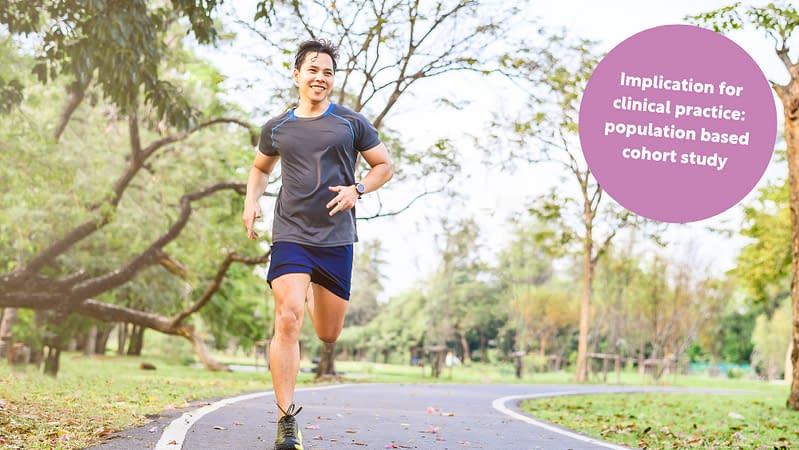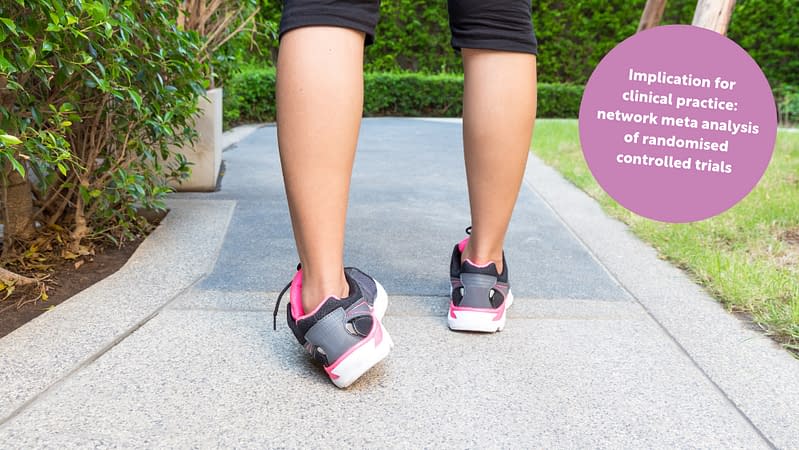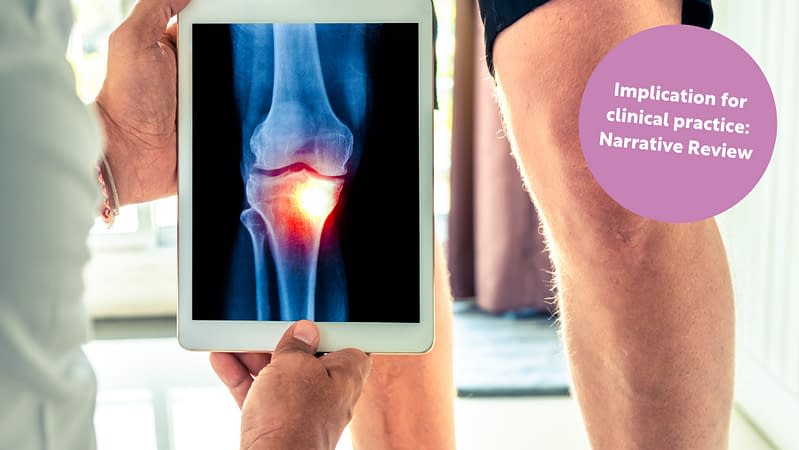The study has brought out the importance of assessing cardiorespiratory and muscular fitness in young males for cardiovascular risk. Lifestyle advice, education and intervention at
This trial provides evidence that supervised HIIT and strength training is both safe and effective in improving cardiovascular health, physical fitness, and perceived overall health
Structured exercise, particularly aerobic and cardiovascular activities, significantly improves physical function. As a safe and well-tolerated nonpharmacological intervention, exercise enhances the quality of life for
Effective chronic ankle instability (CAI) rehabilitation necessitates personalised interventions, considering patient factors and longer training durations. Combining balance, strength, and manual therapy yields the best
Generally, aerobic exercise is beneficial and safe for Rheumatoid Arthritis patients. Aerobic exercise has a certain alleviating effect on symptoms and has shown to improve
While antidepressants and running had comparable effects on mental health perhaps unsurprisingly running outperformed antidepressants on physical health! Context Antidepressants and running are both effective
Supervised physiotherapy should be prioritised and advocated over usual care given the significant improvements in pain, functional ability and disease activity. While supervised sessions are
Early identification of at-risk individuals (e.g. those with previous joint trauma, obesity, or high-impact occupational loading) is essential. Patient education and behavioural interventions should be
Encourage and advise patients to engage in just 1-2 exercise sessions per week as it can provide cognitive health benefits and lower dementia risk. Adapt









